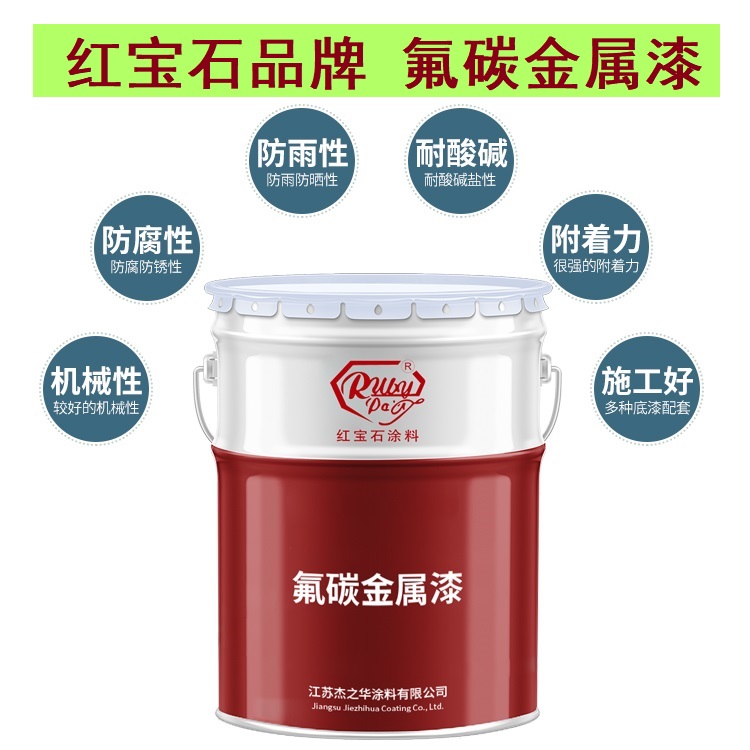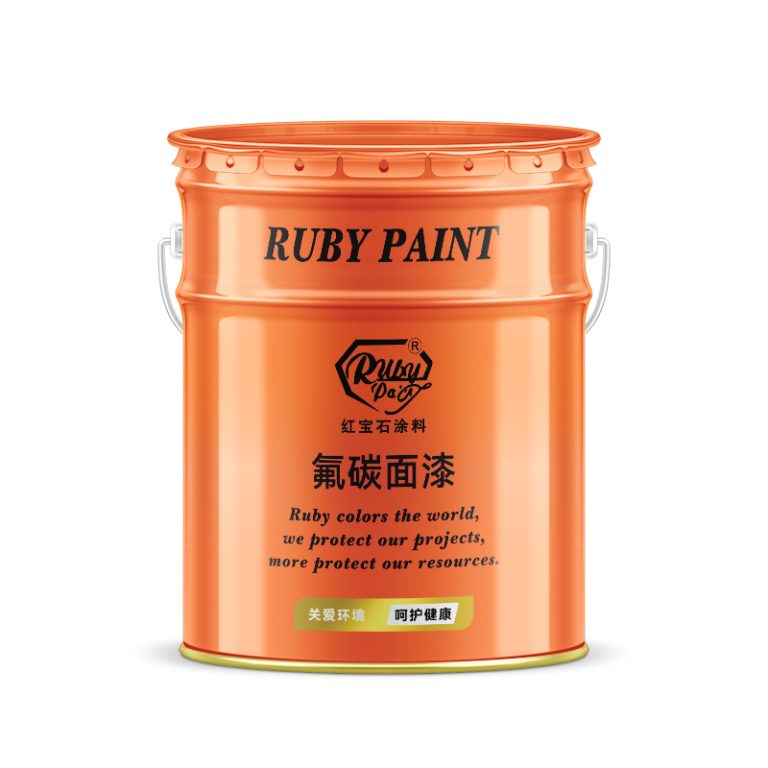Table of Contents
Understanding Epoxy Zinc Rich Primer Specifications for Corrosion Protection
Epoxy zinc-rich primers are a specialized type of coating designed to provide superior corrosion protection for steel structures. These primers are formulated with a high concentration of zinc dust, which acts sacrificially to protect the underlying metal from corrosion. Understanding the specifications of epoxy zinc-rich primers is crucial for engineers, architects, and contractors who seek to ensure the longevity and integrity of steel components in various environments.
The cornerstone of epoxy zinc-rich primer specification is the zinc content. The zinc acts as a galvanic protector; when the steel is exposed to corrosive elements, the zinc corrodes preferentially, thereby shielding the steel. Specifications typically require a minimum percentage of zinc in the dry film, which is often in the range of 80-95% by weight. This high zinc content is essential for the primer to meet its performance expectations in terms of corrosion resistance.
Another critical aspect of the specification is the binder, which is the non-volatile portion of the primer that holds the zinc particles together and adheres to the steel surface. Epoxy resins are commonly used due to their excellent adhesion properties and resistance to harsh chemicals and environmental conditions. The type and quality of the epoxy binder significantly influence the primer’s durability and its ability to withstand mechanical stresses.
The application process for epoxy zinc-rich primers is also governed by specific criteria to ensure optimal performance. The surface preparation, typically specified as near-white or white metal blast cleaning, is crucial for removing rust, mill scale, and contaminants that could impair the primer’s effectiveness. The cleanliness of the steel surface directly affects the adhesion of the primer and, consequently, its corrosion protection capabilities.
Once the surface is prepared, the primer must be applied at the correct thickness. The specification will detail the required dry film thickness (DFT), which is typically measured in microns or mils. Achieving the specified DFT is vital for ensuring that enough zinc is present to provide adequate galvanic protection. Insufficient thickness can lead to premature failure of the coating system, while excessive thickness can result in cracking and delamination.
Curing time and conditions are also specified to ensure that the primer achieves its intended physical properties. The curing process allows the epoxy resin to cross-link and harden, encapsulating the zinc particles and forming a robust protective layer. The specifications will indicate the minimum and maximum curing times, as well as the temperature and humidity conditions under which the primer should be cured.
Compatibility with topcoats is another important specification for epoxy zinc-rich primers. These primers are often part of a multi-coat system, where an intermediate coat and a topcoat are applied over the primer to provide additional protection and aesthetic qualities. The primer must be compatible with the subsequent layers to prevent inter-coat adhesion problems and to ensure the integrity of the entire coating system.

In conclusion, epoxy zinc-rich primer specifications are designed to ensure that these coatings provide the highest level of corrosion protection for steel structures. From the zinc content and binder quality to surface preparation, application, and curing, each aspect of the specification plays a critical role in the performance of the primer. By adhering to these specifications, industry professionals can confidently protect steel assets from the ravages of corrosion, thereby extending their service life and maintaining structural integrity.
The Role of Epoxy Zinc Rich Primers in Industrial Coating Systems
Epoxy zinc-rich primers play a pivotal role in the protection and longevity of industrial coating systems. These specialized primers are formulated to provide a robust shield against corrosion, particularly for steel structures that are exposed to harsh environmental conditions. The specification of epoxy zinc-rich primers is a critical factor in ensuring that the underlying metal is safeguarded effectively, thereby extending the service life of the entire coating system.
| Serial Serial Number | Product Name |
| 1 | Epoxy Zinc rich paint |
The cornerstone of epoxy zinc-rich primers is the presence of zinc particles within the epoxy resin. Zinc acts as a sacrificial anode, meaning that it will corrode in preference to the steel substrate. This galvanic protection is essential in preventing rust and corrosion from taking hold. The zinc content in these primers is typically high, often exceeding 80% by weight in the dry film, which is a key specification that contributes to their protective qualities.
Moreover, the epoxy resin in which the zinc is suspended serves multiple functions. It binds the zinc particles together, forming a cohesive film that adheres strongly to the steel surface. Additionally, the epoxy provides a barrier to moisture and environmental contaminants, further enhancing the anti-corrosive properties of the primer. The specification of the epoxy resin, including its curing agents and additives, is tailored to achieve the desired balance between flexibility, toughness, and adhesion.
The application of epoxy zinc-rich primers requires careful attention to detail. Surface preparation is paramount; steel surfaces must be cleaned to remove any oil, grease, or other contaminants and typically need to be blast-cleaned to a certain standard, such as near-white metal, to ensure optimal adhesion. The primer must then be applied at the correct thickness, as specified by the manufacturer, to achieve the intended level of protection. Too thin a coating may not provide sufficient zinc for galvanic protection, while too thick a layer can lead to cracking and reduced adhesion.
Compatibility with topcoats is another critical aspect of the specification for epoxy zinc-rich primers. These primers are designed to be part of a coating system, and as such, they must be compatible with the subsequent layers of paint or coatings. The intercoat adhesion between the primer and topcoats must be strong to prevent delamination, which could expose the steel to the elements and compromise the integrity of the coating system.
| Serial Number | Products |
| 1 | Fluoracarbon primer paint |
In terms of performance, epoxy zinc-rich primers are expected to meet stringent standards. They must resist undercutting corrosion, maintain adhesion under extreme conditions, and withstand the mechanical stresses that industrial structures are subjected to. Testing and certification against industry standards, such as those set by the American Society for Testing and Materials (ASTM) or the International Organization for Standardization (ISO), provide assurance that a primer meets the necessary performance criteria.
In conclusion, epoxy zinc-rich primers are a critical component of industrial coating systems, offering unparalleled protection against corrosion. The specification of these primers, from the zinc content to the epoxy resin formulation, is meticulously designed to ensure the integrity and durability of the coating system. Proper application and compatibility with topcoats further enhance the effectiveness of these primers, making them an indispensable part of maintaining industrial structures. As industries continue to seek solutions for corrosion prevention, the role of epoxy zinc-rich primers remains central to safeguarding valuable assets against the relentless forces of nature.





